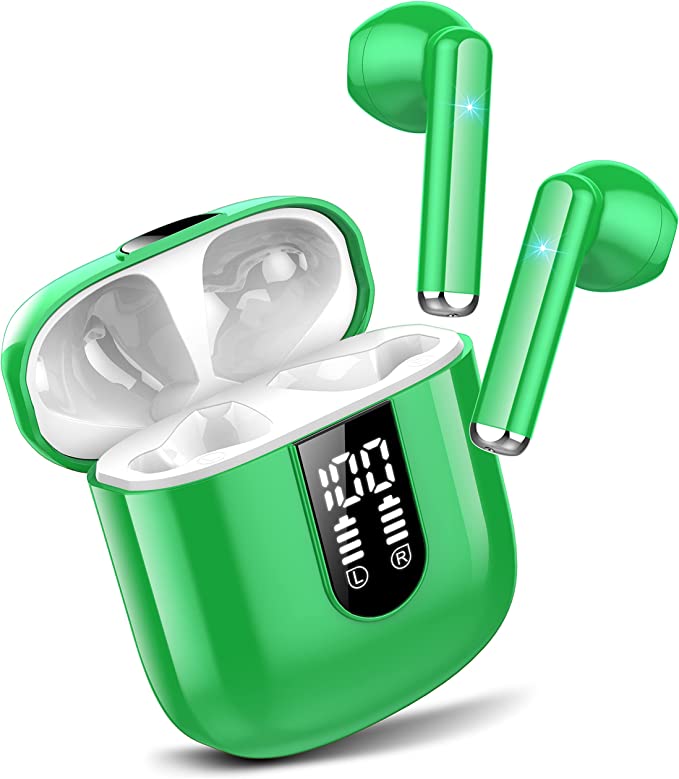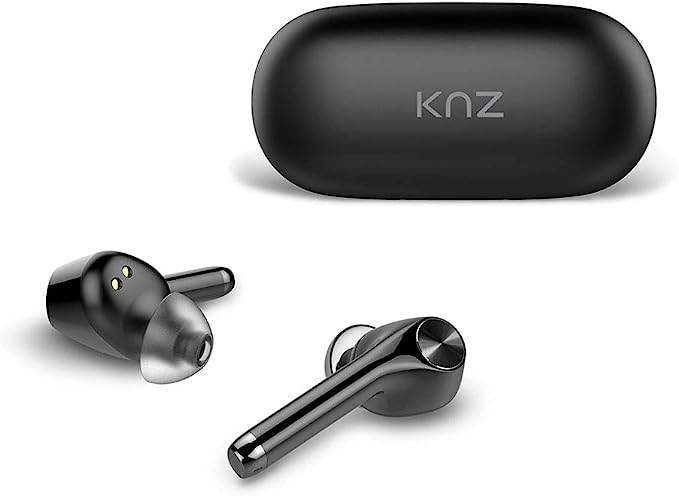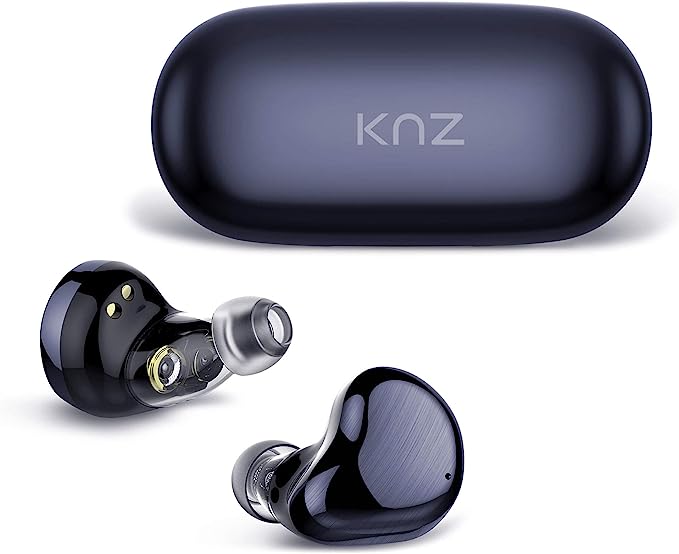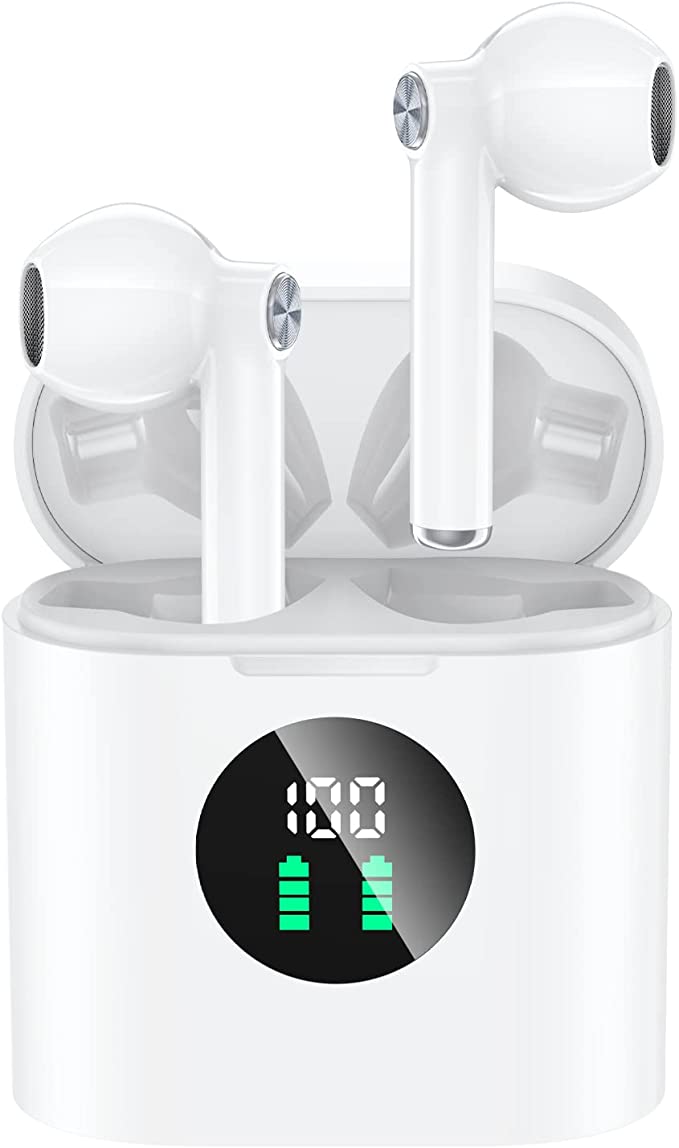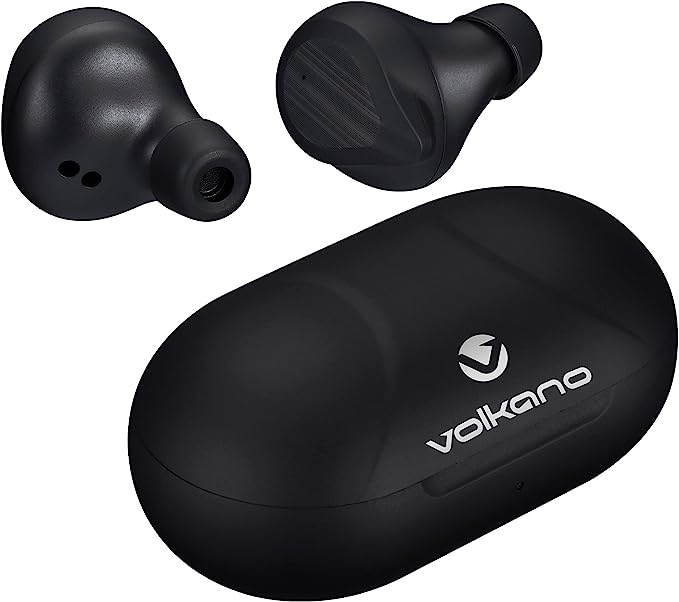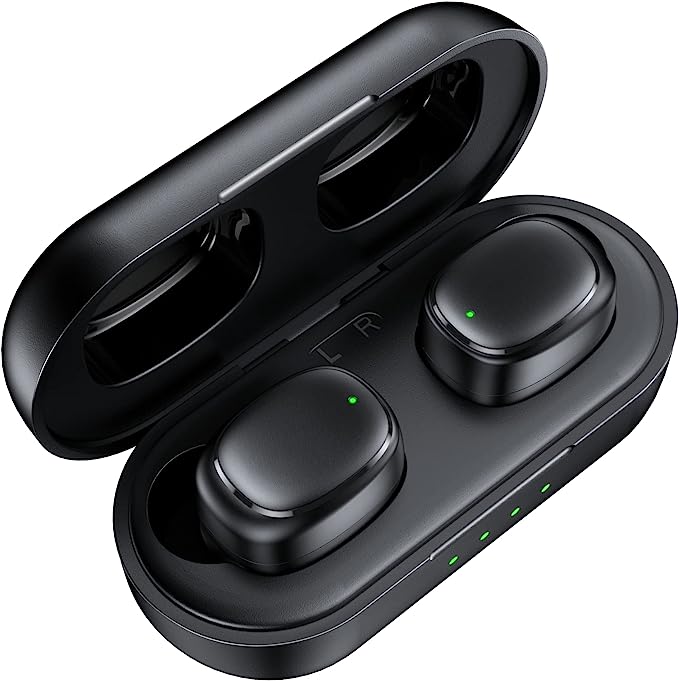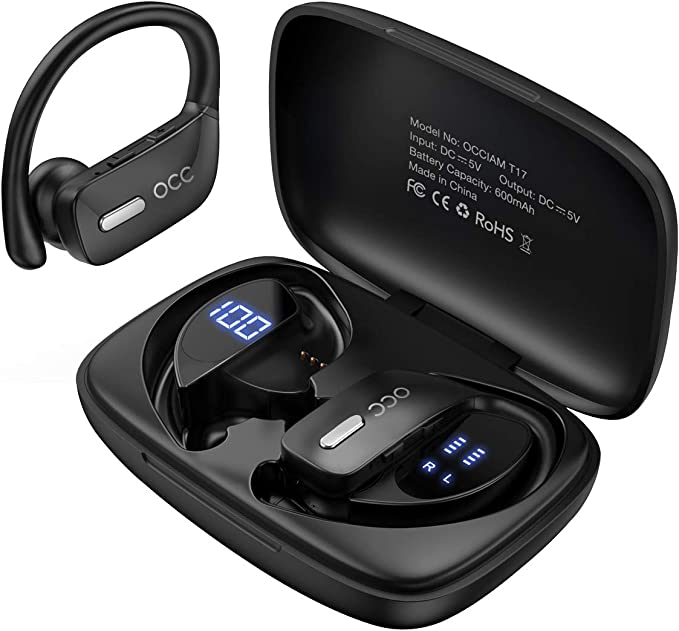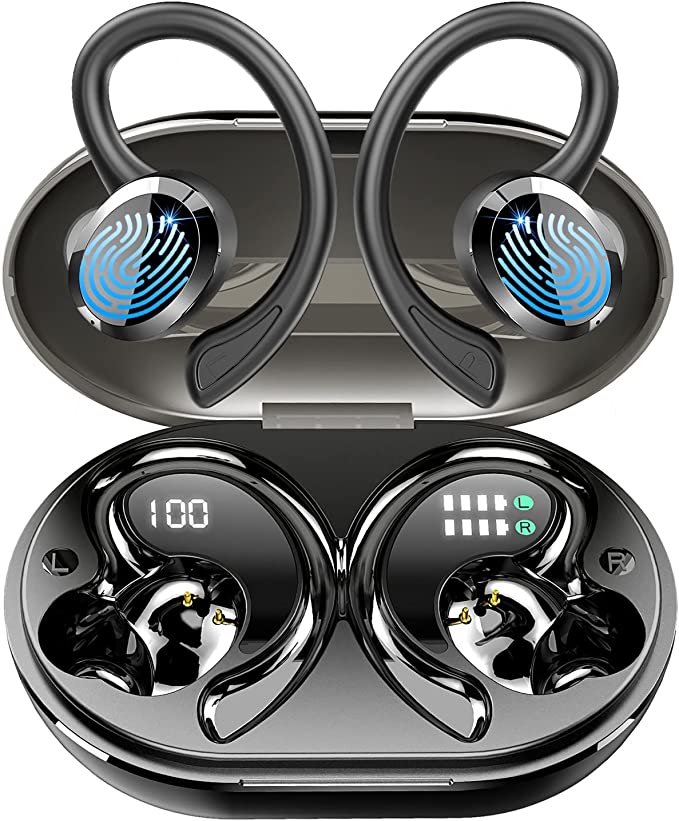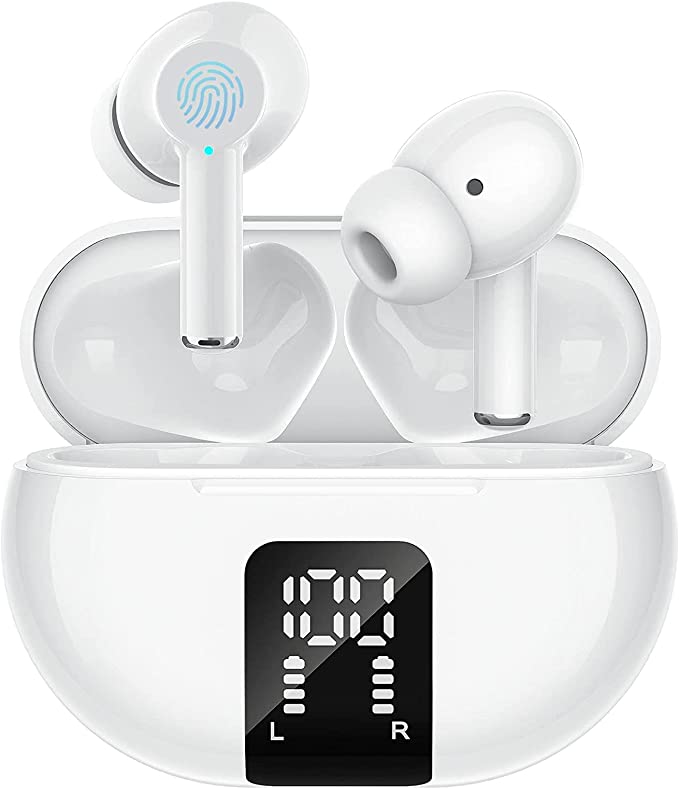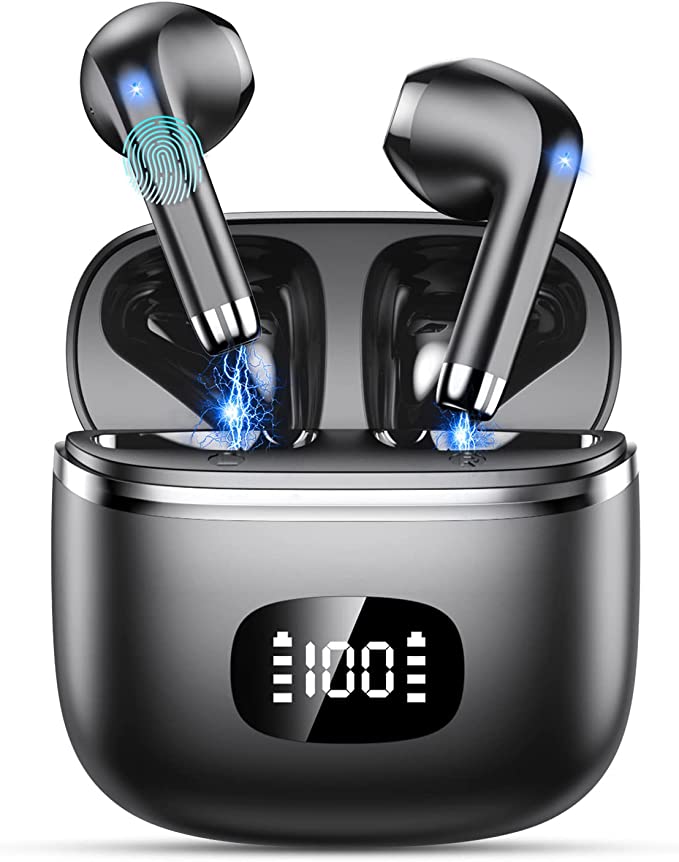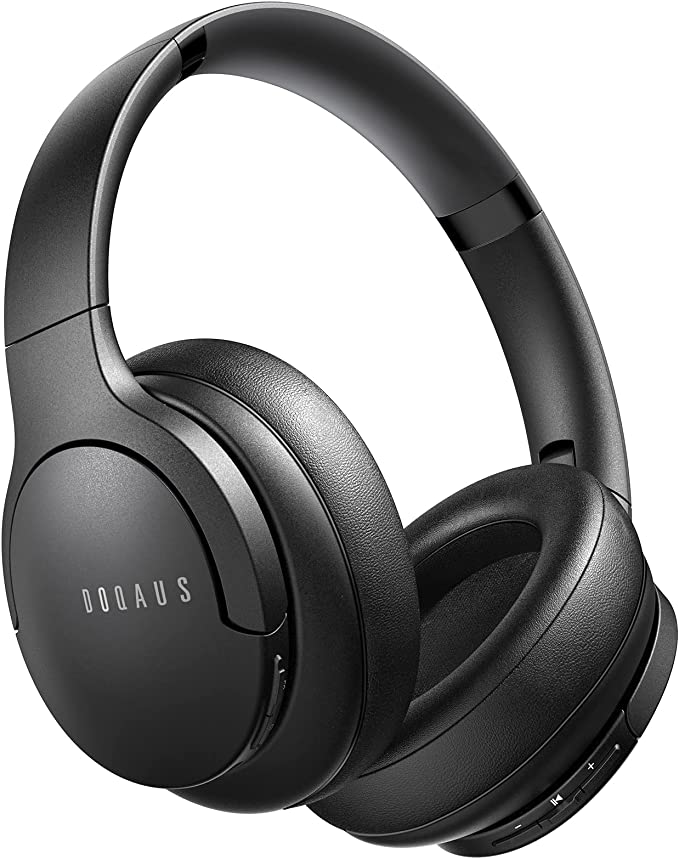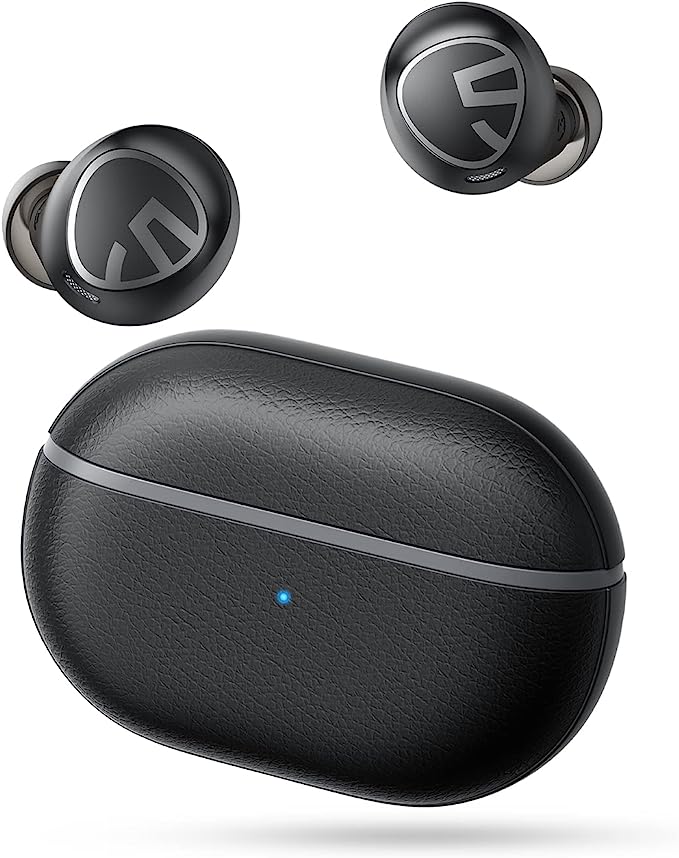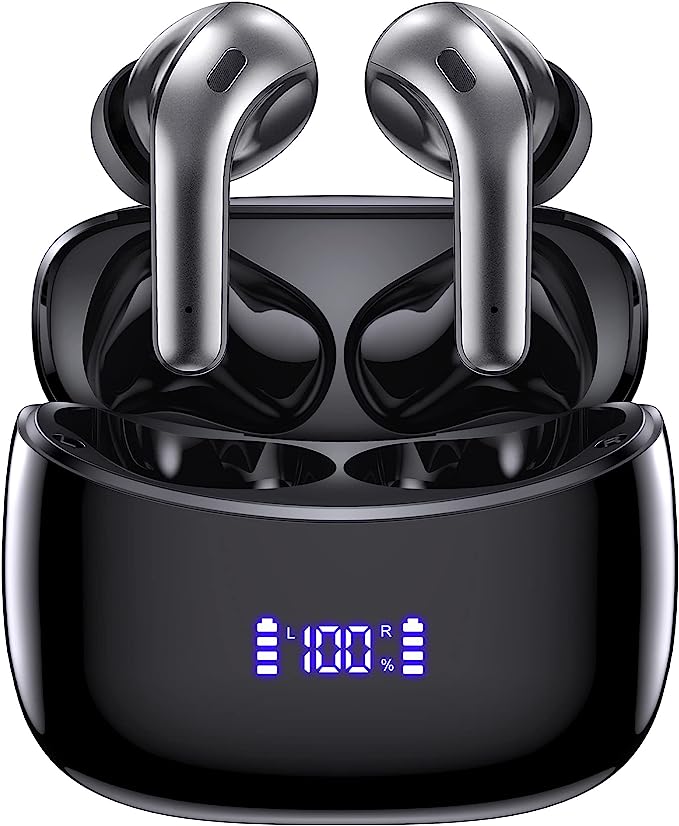The Missing Manual: How to Use Your Wireless Earbud Features (Touch Controls, IPX4 & More)
Update on Oct. 30, 2025, 7:25 a.m.
So, you just unboxed a new pair of wireless earbuds. Maybe they’re the PureGear PureBoom, or perhaps another set you picked up. You open the sleek little case, pop them in your ears… and now you’re wondering, “What exactly am I supposed to do with these?”
If you’re feeling a bit lost, you are not alone. Modern wireless earbuds are marvels of technology, but they often come with minimal instructions, leaving you to guess at their features. They’re packed with technology—Bluetooth, touch sensors, waterproof ratings—but are often presented as “black boxes” that either “just work” or leave you completely frustrated.
This is your missing manual.
Forget the marketing buzzwords. Let’s become empowered users. We’re going to walk through every major feature you’ll find in a modern set of earbuds, using the PureGear PureBoom as our primary example. By the end of this guide, you’ll understand not just what your earbuds do, but why they do it, and what to do when they don’t.
Part 1: The First Connection (Demystifying Bluetooth)
Before you can listen to anything, you need to “pair” your earbuds to your phone, laptop, or TV. This connection is made possible by Bluetooth.
What it is, in simple terms: Bluetooth is a short-range wireless technology. Think of it as an invisible digital cord that connects your phone (which has the music) to your earbuds (which have the speakers). It sends the music data over radio waves.
When you first get your earbuds, they are in “pairing mode,” essentially shouting into the void, “I’m new! Is anyone there?” You go into your phone’s Bluetooth settings and select them from the list. This creates a secure, one-to-one “handshake.” From then on, they should automatically connect whenever you take them out of the case.

The Mentor’s Troubleshooting Corner: “Why does my music cut out?”
This is the most common Bluetooth complaint! Because it uses radio waves, Bluetooth is susceptible to interference. Here’s what’s likely happening:
- Distance: Most earbuds, including the PureBoom, have a range of about 30 feet (10 meters). But that’s in a wide-open field. Walls, doors, and even your own body can block the signal. If you put your phone in your back pocket, the signal has to travel through your body, which is mostly water—a notorious blocker of radio signals.
- The Fix: Keep your phone in a front pocket or on an armband on the same side as your “primary” earbud (if it has one).
- Interference: You’re in a “dirty” wireless environment. Wi-Fi routers, microwave ovens, other Bluetooth devices, and even high-voltage power lines all compete for the same 2.4 GHz radio frequency.
- The Fix: This one is tough, but sometimes simply turning your Wi-Fi off and on again, or moving away from the (literal) microwave, can help.
- A “Stuck” Connection: Sometimes, the digital handshake gets confused.
- The Fix: The classic “turn it off and on again.” Put the earbuds back in their case, close the lid, wait 10 seconds, and take them out. If that fails, go into your phone’s Bluetooth settings, “Forget This Device,” and re-pair them from scratch.
Part 2: “Can I Shower in These?” (Decoding Waterproof Ratings Like IPX4)
You’ll see a code like “IPX4” advertised on many earbuds, including the PureBoom. This is one of the most dangerously misunderstood features. Let’s break down the Ingress Protection (IP) code.
- IP: Stands for “Ingress Protection.”
- First Number (or X): Rates protection against solids (like dust). The “X” here means it was not tested for dust protection. This is common for earbuds.
- Second Number: Rates protection against liquids. This is the one we care about.
Here’s a simple translation of the liquid ratings:
- IPX4: Splash-Resistant. It can handle water splashes from any direction.
- What this means: You are perfectly safe from sweat, light rain, and accidental water splashes. This is the ideal rating for a gym workout.
- IPX5: Water-Jet Resistant. Can handle a sustained, low-pressure jet of water.
- IPX6: Powerful Water-Jet Resistant. Can handle a strong jet of water (like a hose).
- IPX7: Water-Immersible. Can be submerged in up to 1 meter of water for 30 minutes.
- IPX8: Continuously Submersible. Can be submerged deeper than 1 meter.
The Mentor’s Key Takeaway:
Your IPX4-rated PureBoom earbuds are sweat-proof and rain-proof. They are absolutely NOT waterproof, swim-proof, or shower-proof. The steam and pressure from a hot shower can easily force water past the seals, and chlorine from a pool will destroy them. Use them for your run, wipe them down afterward, and they’ll live a long, happy life.
Part 3: The “Magic” (and Frustration) of Touch Controls
This is it. The feature that makes you feel like you’re in a sci-fi movie or want to throw your earbuds across the room. Many users (and you might be one) ask, “what all touch features do my PureBooms have?”
Let’s first understand the technology.
It’s not a physical button. It’s a capacitive touch sensor. This is the same technology as your phone’s screen. It works by projecting a tiny, invisible electrostatic field. Your finger is conductive (it has electricity and moisture). When your finger gets close, it disrupts that field, and the earbud’s tiny computer registers this disruption as a “touch.”

The Mentor’s Troubleshooting Corner: “Why are my touch controls so finicky?”
Understanding how it works instantly explains why it fails:
- “It doesn’t respond!” Your fingers might be too cold or dry. Capacitive sensors need a little moisture to work well. This is common in winter.
- “It pauses when I adjust it!” You’re accidentally “touching” the sensor when you just meant to push the earbud in.
- “It’s going crazy in the rain!” Water droplets can also conduct electricity. Heavy rain or sweat can trick the sensor into thinking it’s being tapped.
- “It doesn’t work with my gloves.” Correct. The glove blocks your finger’s electrical field. You need special “touchscreen-compatible” gloves.
A Typical Touch Control Map
While every brand is different, most follow a similar logic. Since the manual is often missing, here is a “default” map you can try. (This is a general guide; your specific model may vary).
- Tap Once (Left or Right): Play / Pause. Also, Answer Call / End Call.
- Tap Twice (Right): Next Track.
- Tap Twice (Left): Previous Track.
- Tap Three Times (Right): Volume Up.
- Tap Three Times (Left): Volume Down.
- Press and Hold (2 seconds): Activate Voice Assistant (Siri/Google) OR Reject Call.
Your Action Plan: Take 10 minutes and practice. Sit on your couch, play a song, and patiently try each combination. It’s like learning a tiny, invisible instrument. Once you master it, you’ll never have to pull your phone out of your pocket again.
Part 4: Powering Your World (The Case, Battery Life & Wireless Charging)
Your earbuds have two separate battery systems: the batteries in the earbuds themselves and the much larger battery in the charging case.
- Earbud Battery: These are tiny, designed for short-term use. A 9-hour battery life, as seen in the PureBoom, is actually very strong for a single-charge.
- Case Battery: The case is a “power bank.” It doesn’t listen to music; its only job is to recharge the earbuds. A case that holds 3-4 extra charges is standard.

The Magic of Wireless Charging
Many modern cases, including the PureBoom’s, support Wireless Charging (also called Qi charging). This technology uses electromagnetic induction.
How it works (simply):
1. Your wireless charging pad (sold separately) has a coil of wire inside it.
2. Your earbud case also has a coil of wire inside it.
3. When you plug in the pad, electricity runs through its coil, creating a small magnetic field.
4. When you place the case on the pad, this magnetic field “induces” or “excites” the electrons in the case’s coil, creating electricity out of thin air! This electricity then charges the case’s battery.
It’s not magic, it’s just physics—but it feels like magic. It’s incredibly convenient to just set your case down on a pad at your desk or by your bed.
The Mentor’s Troubleshooting Corner: “Why did my earbuds stop charging?”
This is a terrifying moment, and it was mentioned in customer reviews for this exact product. 99% of the time, the problem is one of these things:
- Dirt and Grime (The #1 Culprit): Look inside your case. See those two tiny metal pins for each earbud? Now look at your earbud. See the two small metal contacts? Earwax, sweat, and pocket lint love to build up on these contacts. This build-up acts as an insulator, blocking the flow of electricity.
- The Fix: Take a dry cotton swab (Q-tip) and gently but firmly clean the metal contacts on both the earbuds and the pins inside the case. If it’s really stubborn, use a swab very lightly dampened with rubbing alcohol. This fixes the “my left earbud is dead but my right one is fine” problem almost every time.
- Bad Cable or Port: If the case itself isn’t charging, try a different USB-C cable and a different charging brick. Cables are the first thing to fail.
- Wireless Pad Alignment: Wireless charging is position-sensitive. If you set the case down slightly off-center, it won’t charge.
- The Fix: Pick it up and set it down again, right in the middle. Wait for the charging indicator light to come on.
Part 5: The Final Piece (Sound Isolation and Getting the Right Fit)
Your earbuds might be listed as having “Sound Isolation.” It’s crucial to know this is NOT Active Noise Cancellation (ANC).
- Active Noise Cancellation (ANC): A complex electronic feature. Microphones on the outside of the earbud listen to the world around you (like a plane engine) and then the earbud’s computer creates an opposite sound wave to “cancel” it out.
- Sound Isolation (Passive): This is a physical feature. It’s a fancy term for “being a good earplug.” The silicone or foam tip physically seals your ear canal, blocking outside sound from getting in.

The Mentor’s Key Takeaway:
The effectiveness of your sound isolation—and, critically, your bass response—depends 100% on getting a good seal. If your earbuds sound “thin” or “tinny,” it’s not because they’re broken. It’s because you have the wrong size ear tips.
Your earbud box almost certainly came with two other sizes of silicone tips (Small, Medium, Large). Please try them. You might even need a Medium in one ear and a Large in the other. You’ll know you have the right fit when:
1. The earbuds feel snug and secure.
2. The outside world becomes instantly muffled (that’s the sound isolation).
3. The music suddenly sounds rich, full, and has a deep bass.
You’re an Expert Now

Congratulations. Your wireless earbuds are no longer a mysterious black box.
You now understand how they connect using Bluetooth, what the limits of their IPX4 rating are, and why their touch controls can be finicky (and how to master them). You know how to properly charge them, troubleshoot charging issues, and even what wireless charging is. Most importantly, you know that the secret to great sound is getting the right fit.
You are no longer just a user; you are an informed owner. Now go enjoy that untethered audio.
